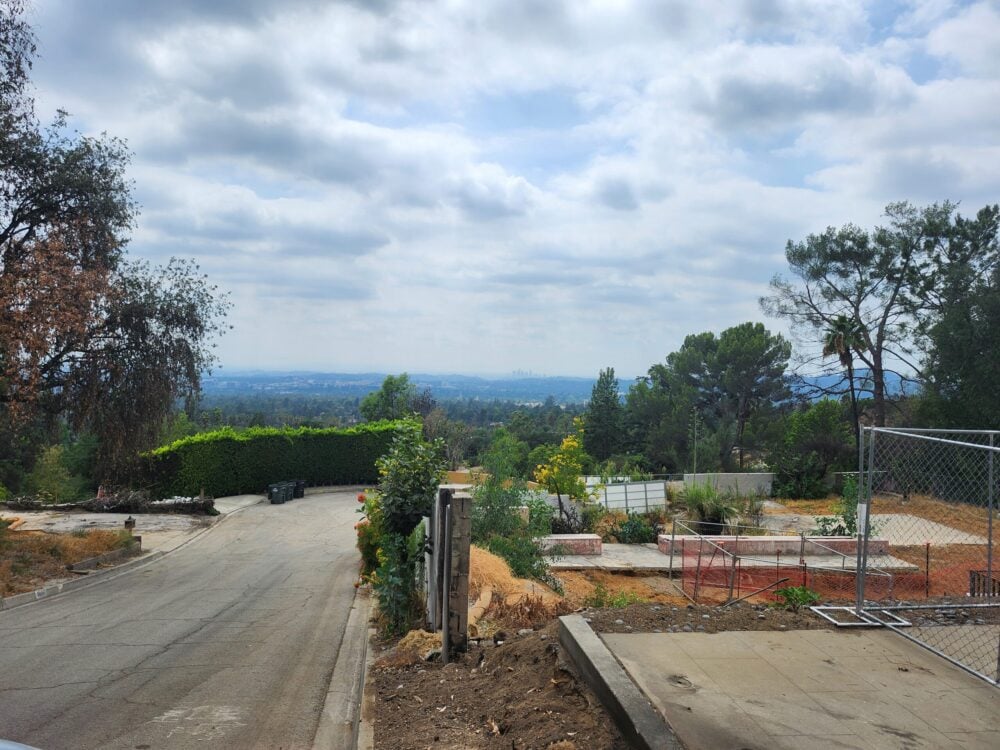
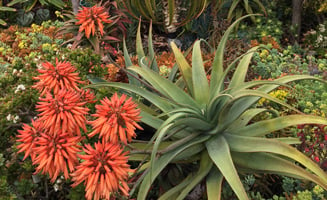
Contributor
- Topics: Archive, Inspired Gardens & Design

The first time Stacy Peralta saw the unusual tree his reaction was visceral: “I thought it was a dinosaur plant. It captured my imagination because it was so beautiful and haunting.” That Aloe barberae (syn. Aloe bainesii) led to a lifelong passion. Today his Cayucos, California, front yard teems with so much variety and color that he and his visitors feel as though they’re walking into a painting that’s always changing.
Peralta, the Emmy-winning documentary producer/director of “Dogtown and Z-Boys” fame, discovered his interest in plants in the 1970s, and seriously began collecting about 25 years ago. He moved most of his aloe collection from his former Santa Monica home to his seaside cottage in 2008 and continues to add to it, sourcing new varieties throughout California and Arizona.
The modest size of Peralta’s front garden belies the fact that he has packed in more than 100 species of Aloe, from miniatures on up to trees. Plants throughout California have suffered during the drought, but aloes and other succulents reward gardeners by responding to the stress by turning shades of vivid red, orange, and yellow. Succulents need regular moisture when first planted, but require little once established. “I haven’t turned on a sprinkler in years,” Peralta said. He just hits specific plants with the garden hose if they need help.

A variety of succulents tumble like puppies across the slate walkways. “I love the colors of these different groundcovers. They’re very sculptural and the color stays beautiful all year ‘round,” Peralta said.
His aloe garden is knit together with a variety of scrambling, spreading succulents such as blue chalksticks (Senecio mandraliscae), a cavalcade of jade species (Crassula spp.), green, red, and rust sedums, frilly red and burgundy echeverias, and plump turquoise graptopetalums.
Peralta uses plants that have been crossed with different varieties; these plants with hybrid vigor grow faster and larger than their parents. Most of the plants originate in South Africa. When he traveled there four years ago, he said he was like a kid who loves candy—and there was candy everywhere.
Plant propagation can be an exacting science; however, Peralta relies on local talent. He lets the hummingbirds and bees move the pollen around his garden. That way the birds and bees do the hybridizing for him. Since 80 percent of the aloes bloom at the same time, he places a net over the resulting seedpods after they’ve flowered to save the seed for replanting. New plants are grown on after being carefully labeled so he knows which plants they came from.

Transporting mature aloes from his Santa Monica garden to Cayucos wasn’t without its challenges. “A lot of preparation was involved. I cut the plants back as much as possible but retained as much root ball as I could. I got scratched a lot.” Plants were protected with bubble wrap so they wouldn’t get marked up.
“I moved them in groupings. I would take a plant here and there, grabbing something each time I headed north. I had so many plants in Santa Monica you wouldn’t even know I had taken any,” Peralta said.
A particularly arresting sight along the driveway are the bright coral fingers of Euphorbia tirucalli ‘Sticks on Fire’, wrapping around the corner and punctuating the greens, yellows, and blues of the other plants. A simple gray gravel driveway doesn’t distract.
The papery white bark of Melaleuca linariifolia, a relic of the former owner, is virtually the only non-succulent in this garden. A Kalanchoe daigremontiana, or mother-of-thousands, has prolific clusters of bell-shaped, vivid burgundy blossoms nodding toward the earth.
Peralta’s favorite public garden is the Huntington Garden in Pasadena. “It never ceases to amaze me. They keep adding rare plants and updating.” Lotusland in Montecito and the Ruth Bancroft Garden in Walnut Creek also inspire.
Nick Wilkinson, owner of Grow, a Cambria, California, nursery said, “I met Stacy when he stopped by my plant shop after surfing. I could tell he was really into plants because he bought some really weird stuff. A collector of that caliber is always looking for the unusual. He’s definitely turned a collection into an amazing garden. It keeps getting better and better. He’s also very generous with his plants. A cool cat for sure.”
Filmmaking can be a crazy business, Peralta explained. That’s why he especially enjoys his peaceful garden. “All these things do is create beauty.”
• Procrastinators will love the fact that succulents can survive without timely planting.
• Soil preparation is vital. Aloes don’t like clay or soil that hardens like stale bread. They want soil that breathes. Mushroom compost loosens soil and red worms help keep the soil aerated.
• Share the wealth; as aloes grow clip and stick cuttings right in the ground.
• Most aloes originate in the eastern part of South Africa. Their bloomtime delights Mediterranean zone gardeners in both hemispheres.
Share:
Social Media
Garden Futurist Podcast
Most Popular
Videos
Topics
Related Posts

Low Maintenance Gardens – Better for Pollinators and People
Autumn 2022 “I come out every day. It’s therapy, my meditation.” Janet’s young garden transformed from overgrown, invasive plants to mostly natives. The dailiness of

Invasive Plants Are Still Being Sold: Preventing Noxious Weeds in Your Landscape
Autumn 2022 With so many beautiful ornamental plant species and cultivars throughout California and the Pacific Northwest, how do you decide which ones to include

Garden Design in Steppe with Transforming Landscapes with Garden Futurist Emmanuel Didier
Summer 2022 Listen to full Garden Futurist: Episode XVII podcast here. Emmanuel Didier, Principal and Creative Director at Didier Design Studio is a leading figure

Seslerias: Versatile Groundcover Meadow Grasses
Summer 2022 Without question, the most beautiful and versatile of all the groundcover meadow grasses are the moor grasses (Sesleria). Moor grasses tick off all

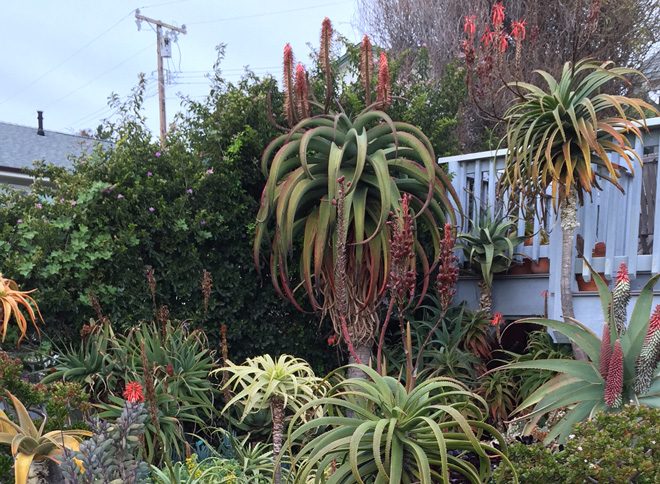



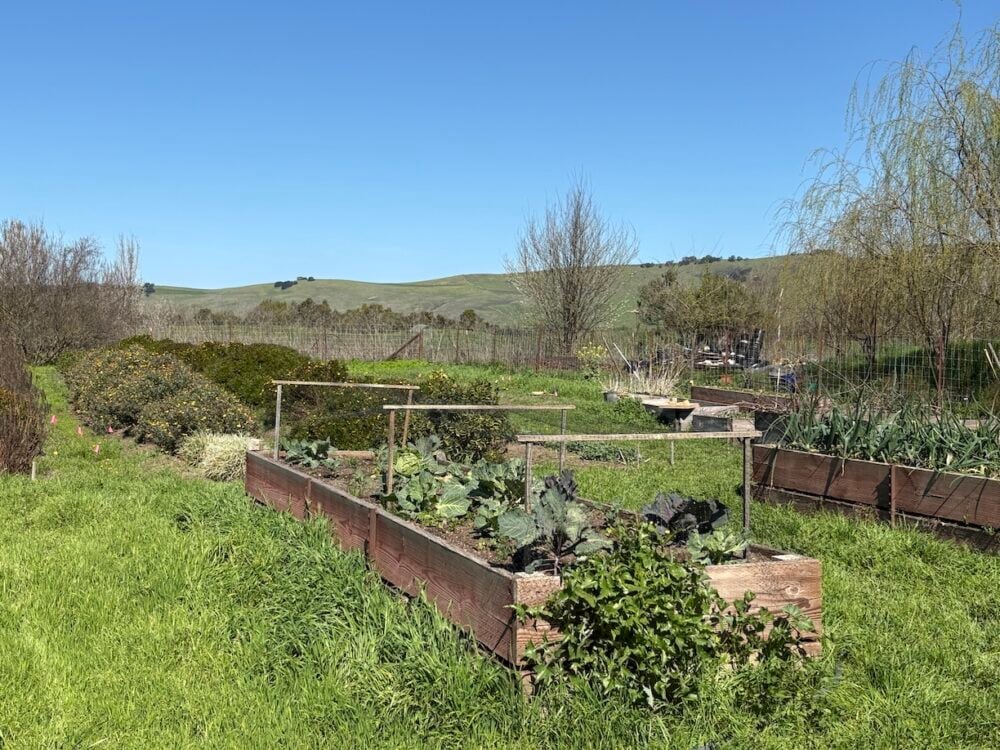
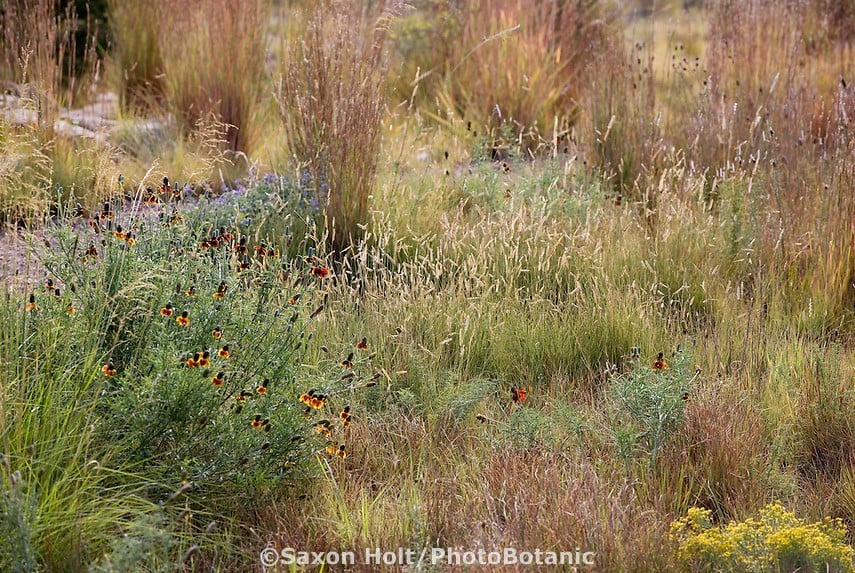



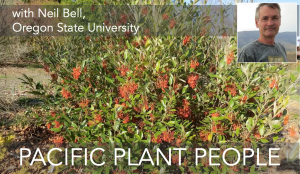
Responses